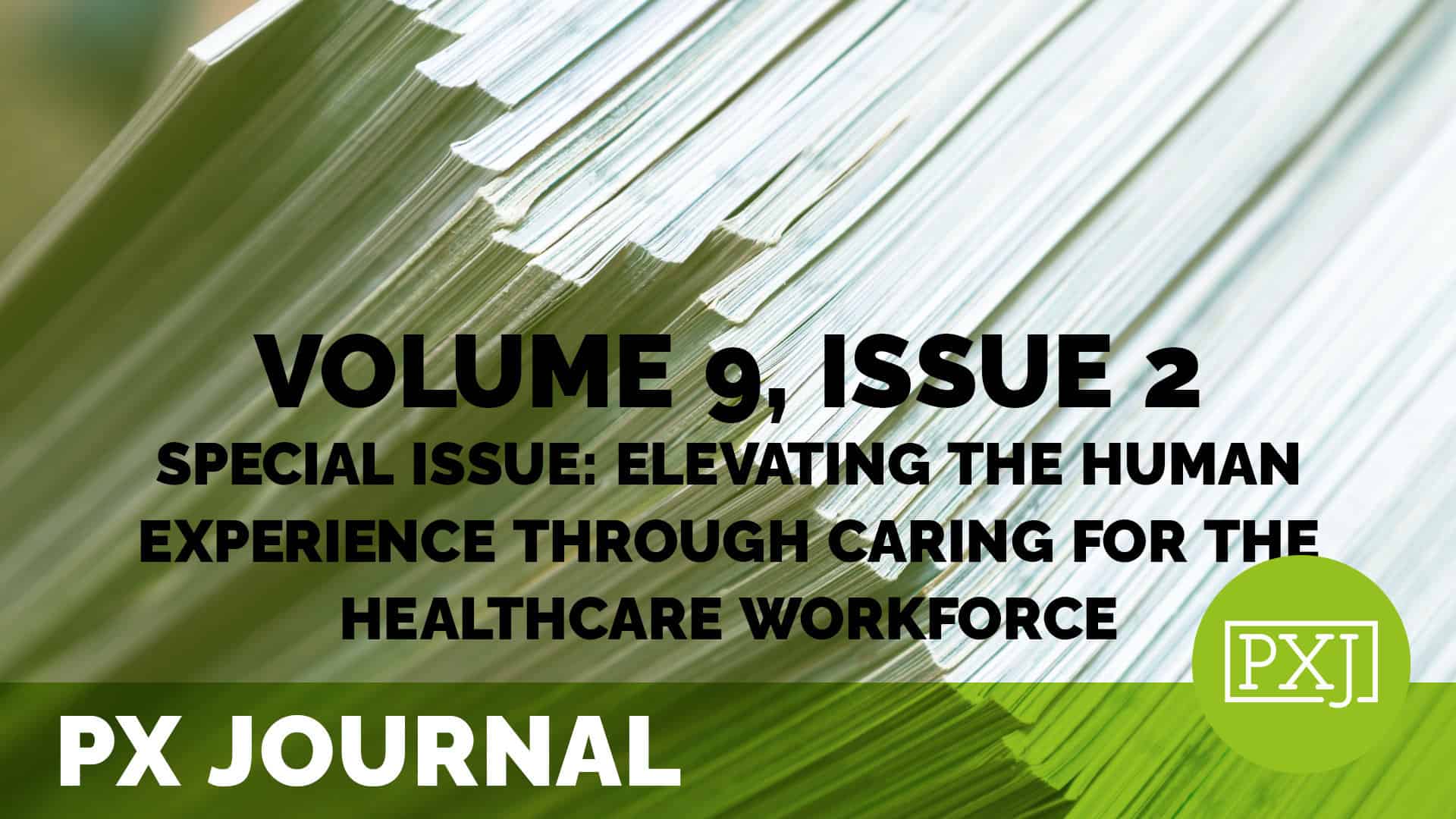Patient and provider experiences with virtual care during the COVID-19 pandemic: A mixed methods study

The COVID-19 pandemic prompted the rapid uptake of Virtual Care (VC). Positive patient outcomes with VC are previously reported but little is known about the experiences of patients and providers using VC during the pandemic. We aimed to describe patient and primary care provider experiences, satisfaction, perceptions, and attitudes to VC during the COVID-19 pandemic that might explain adoption of VC across the continuum of care and inform sustained uptake. We conducted a sequential explanatory mixed methods study using online surveys and virtual interviews with a convenience sample of primary care providers and patients in a Canadian province (July – December 2020). Eligible participants included patients and primary care providers using VC during the COVID-19 pandemic. Survey responses and interviews were analyzed using descriptive statistics and thematic analysis, respectively. Overall satisfaction was compared using the Mann-Whitney U test. Eighty-five patients and 94 primary care providers responded to the surveys. Patients reported higher overall satisfaction with VC than primary care providers (median [interquartile range]: 4.4 [4.0-4.7] and 3.7 [3.4-3.9] p < 0.001). Ten patients and 11 primary care providers were interviewed. Both groups strongly appreciated VC’s increased access and convenience, identified the lack of compensation as a pre-pandemic barrier to providing VC, and reported willingness to continue VC post-COVID-19 pandemic. The COVID-19 pandemic provided an opportunity for patients and primary care providers to rapidly adopt VC with high satisfaction. Patients and primary care providers viewed VC positively due to its convenience and accessibility; both intend to continue using VC post-pandemic.
Related content
-
 Culture & Leadership | Quality & Clinical Excellence | Staff & Provider Engagement
Culture & Leadership | Quality & Clinical Excellence | Staff & Provider EngagementDeveloping an Interactive Behavioral Based Training Program
This webinar, How to Develop an Interactive Behavioral Based Training Program that Aligns with Employee and Patient Feedback around Improvement Opportunities, will provide step by step guidance to develop a training program with a focus on behavioral based learning. The program uses storytelling and staff and patient feedback to “connect the dots” in the human
Learn more -
 Staff & Provider Engagement
Staff & Provider EngagementPhysician PX Scorecards: Motivating with Transparent Comparisons
Dr. Taylor Sewell, Medical Director of Patient Experience, shares a new performance scorecard program for providers at NewYork-Presbyterian. This mini-webinar explains the data used to develop the scorecard and how these metrics are helping to shape their provider-led patient experience strategy.
Learn more -
 Culture & Leadership | Infrastructure & Governance | Staff & Provider Engagement
Culture & Leadership | Infrastructure & Governance | Staff & Provider EngagementOwnership at the Frontline: Innovating an Experience Champions Program
Many patient experience teams are small, and it’s hard to do it all. Having an “Experience Champs” program allows us to have multiple hands with one voice influencing all locations. Experience Champs are made up of frontline staff members who are chosen by their leaders as passionate role models. During the last five years, the
Learn more
